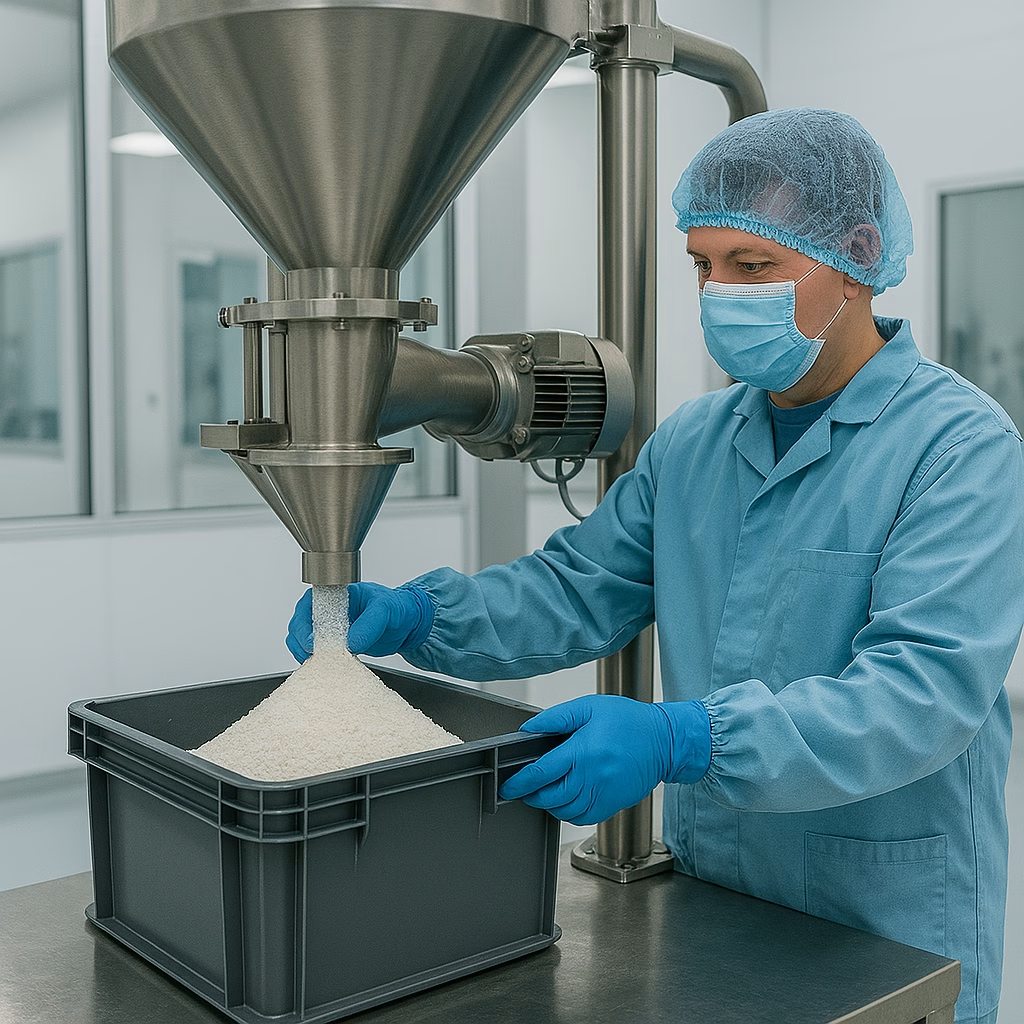
The U.S. healthcare system is facing a growing concern: pharmacy supply chain challenges that are disrupting medication availability across the country. From manufacturing delays to transportation issues, these disruptions are affecting patients, pharmacists, and healthcare providers alike.
In this article, we’ll explore the root causes of these supply chain issues, their impact on medication access, and what can be done to stabilize the system. Whether you’re a healthcare professional, patient, or policymaker, understanding this complex issue is crucial.
What Is the Pharmacy Supply Chain?
The pharmacy supply chain refers to the journey medications take from the manufacturer to the patient. This process involves several key stages:
- Raw Material Sourcing: Active pharmaceutical ingredients (APIs) are sourced globally.
- Manufacturing: Medications are produced by pharmaceutical companies.
- Distribution: Wholesale distributors deliver medications to pharmacies and hospitals.
- Retail: Pharmacies dispense medications to patients.
Any disruption at one stage can cause a ripple effect throughout the entire chain.
Top Challenges Facing the Pharmacy Supply Chain
1. Manufacturing Shortages
Pharmaceutical manufacturing relies heavily on global supply chains. A shortage of raw materials or quality control failures can delay production. For example, if a major factory in India or China halts production due to contamination or political instability, it can affect drug availability in the U.S.
2. Geopolitical Tensions
Countries like China and India supply a large portion of the world’s APIs. Trade restrictions, sanctions, and diplomatic conflicts can interrupt the flow of these critical ingredients.
3. Transportation and Logistics Issues
Pandemics, natural disasters, labor shortages, and rising fuel costs impact how quickly medications can be shipped. Delays at ports, customs inspections, and reduced trucking capacity also play a role.
4. Regulatory Hurdles
FDA inspections and regulatory delays can halt manufacturing or prevent new drugs from entering the market. While these checks are important for safety, they can slow down the supply chain.
5. Increased Demand for Medications
During public health emergencies like the COVID-19 pandemic, demand for certain medications skyrockets. This sudden surge puts immense pressure on the supply chain, leading to shortages.
6. Consolidation Among Distributors
With only a few major pharmaceutical distributors controlling most of the market, any hiccup within one company can lead to nationwide effects.
Impact on Medication Availability
When supply chain challenges occur, the consequences are far-reaching:
- Delayed Prescriptions: Patients may wait days or weeks for medications.
- Medication Substitutions: Pharmacists may substitute a different brand or dosage.
- Higher Costs: Limited supply often leads to increased prices.
- Poor Health Outcomes: Patients who can’t access necessary medications may suffer from worsened conditions or complications.
The American Society of Health-System Pharmacists (ASHP) reported over 300 active drug shortages in the U.S. in 2023 alone. Read more here.
How Pharmacists and Healthcare Providers Are Coping
Pharmacists are on the front lines, often having to juggle limited inventory while ensuring patient care. Here’s how they’re managing:
- Communicating with Patients: Letting patients know about potential delays.
- Collaborating with Physicians: Finding alternative medications or treatment plans.
- Monitoring Inventory Closely: Using software tools to track low-stock items.
- Advocating for Policy Change: Joining efforts to increase transparency and accountability in the supply chain.
Solutions to Strengthen the Pharmacy Supply Chain
Several initiatives and strategies can help stabilize and future-proof the pharmacy supply chain:
1. Domestic Manufacturing
Encouraging pharmaceutical companies to manufacture drugs and ingredients within the U.S. can reduce dependency on foreign sources.
2. Supply Chain Diversification
Sourcing materials from multiple regions reduces the risk of over-reliance on one country.
3. Digital Supply Chain Management
Investing in advanced analytics and AI-powered platforms can help predict shortages and streamline logistics.
4. Strategic National Stockpiles
Building reserves of essential medications can prepare the system for emergencies.
5. Policy Reform
Government action is needed to incentivize transparency and improve coordination among manufacturers, distributors, and healthcare providers.
Organizations like the FDA and Healthcare Distribution Alliance are already working to address these issues.
What Patients Can Do
If you’re a patient experiencing delays or medication shortages, consider the following:
- Plan Ahead: Refill prescriptions early.
- Talk to Your Pharmacist: Ask about alternatives or availability timelines.
- Stay Informed: Follow updates from reputable sources like FDA Drug Shortages.
- Advocate for Change: Support policy efforts that aim to strengthen the pharmaceutical supply chain.
Conclusion
The challenges facing the pharmacy supply chain are complex but not insurmountable. By understanding the root causes and supporting sustainable solutions, we can work toward a more resilient system that ensures patients get the medications they need—when they need them.
Stay connected and share this article to spread awareness about this important issue.
#PharmacyNews #MedicationShortage #HealthcareSupplyChain #PharmacistLife #DrugShortages #PharmaceuticalIndustry #PublicHealth #USHealthcare #HealthcareAccess










